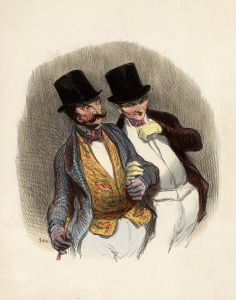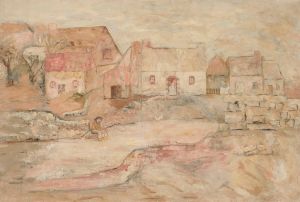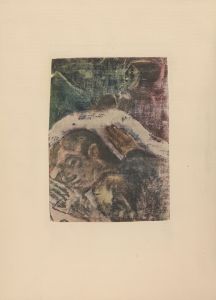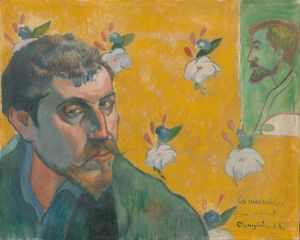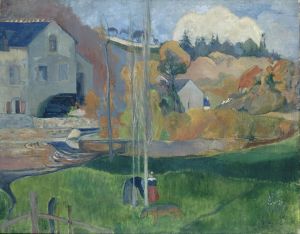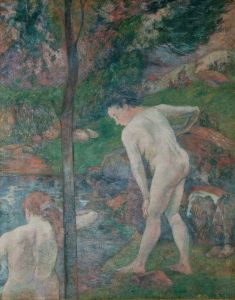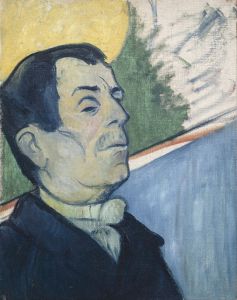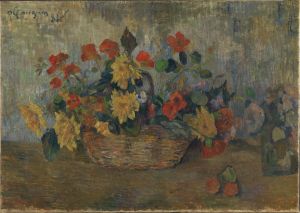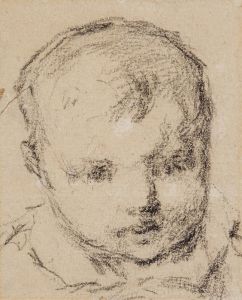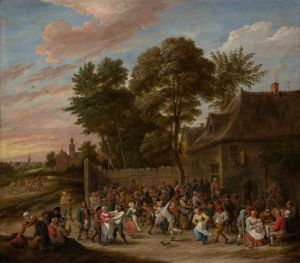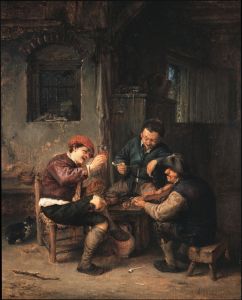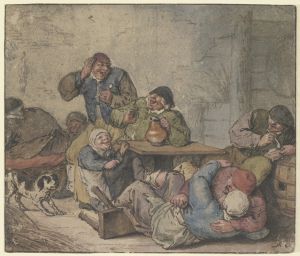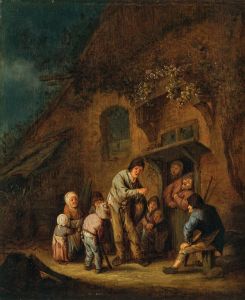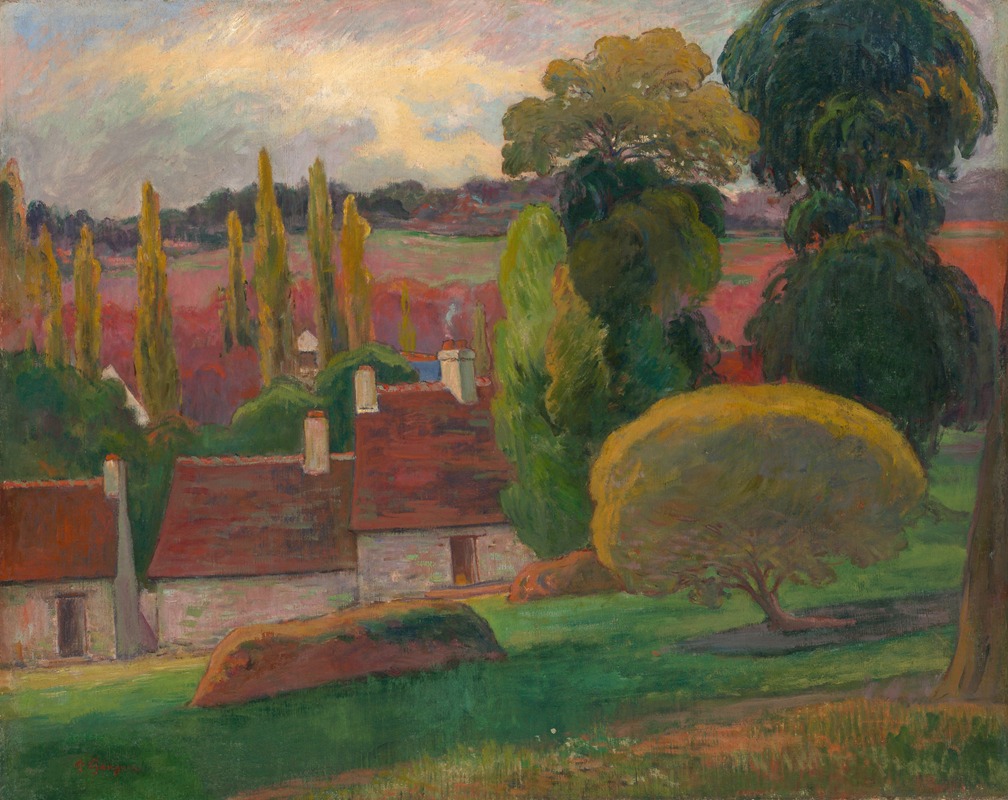
A Farm in Brittany
A hand-painted replica of Paul Gauguin’s masterpiece A Farm in Brittany, meticulously crafted by professional artists to capture the true essence of the original. Each piece is created with museum-quality canvas and rare mineral pigments, carefully painted by experienced artists with delicate brushstrokes and rich, layered colors to perfectly recreate the texture of the original artwork. Unlike machine-printed reproductions, this hand-painted version brings the painting to life, infused with the artist’s emotions and skill in every stroke. Whether for personal collection or home decoration, it instantly elevates the artistic atmosphere of any space.
Paul Gauguin's A Farm in Brittany is an oil painting created in 1886 during the artist's stay in the French region of Brittany. This work is part of Gauguin's early artistic period, prior to his later, more famous explorations of Symbolism and his time in Tahiti. The painting reflects his interest in rural life and the simplicity of the countryside, themes that were central to his work during this phase of his career.
In 1886, Gauguin traveled to Pont-Aven, a small village in Brittany, seeking inspiration and a break from urban life. Brittany's rustic charm, traditional culture, and unspoiled landscapes attracted many artists of the time. Gauguin was particularly drawn to the region's rural lifestyle and its perceived connection to a simpler, more authentic way of life. This environment played a significant role in shaping his artistic direction during this period.
A Farm in Brittany depicts a tranquil rural scene, featuring a farmhouse surrounded by trees and fields. The composition is characterized by its earthy color palette, with greens, browns, and yellows dominating the canvas. Gauguin's brushwork in this painting is relatively loose and textured, reflecting his evolving style as he moved away from Impressionism toward a more personal and expressive approach. The work captures the quiet beauty of the Breton countryside, emphasizing its timeless and unpretentious qualities.
This painting is an example of Gauguin's exploration of rural themes and his interest in capturing the essence of a place. It also reflects his growing dissatisfaction with the modern, industrialized world and his search for a deeper connection to nature and tradition. While A Farm in Brittany does not yet exhibit the bold colors and flattened forms that would later define Gauguin's mature style, it provides insight into his artistic development and his early efforts to break away from conventional techniques.
Today, A Farm in Brittany is recognized as an important work from Gauguin's formative years. It offers a glimpse into the artist's transition from Impressionism to the more innovative and symbolic approaches that would later define his career. The painting is held in a private collection, and its significance lies in its role as a stepping stone in Gauguin's artistic journey.





